
Branimir Makanec is a Croatian computer engineer and programmer. Outside of his research work, he is also known in his native country as a pioneering advocate for computer literacy amongst school-aged children.
Tomislav Smoljanović is a Croatian medical scientist, physician, and a retired rower.
Dimitrije "Mita" Popović is an eminent Montenegrin and Croatian painter, sculptor, art critic and philosopher born in Cetinje, Montenegro. He attended elementary and high school in his hometown and graduated from the Academy of Fine Arts in Zagreb in 1976 in the class of professor Šime Perić.
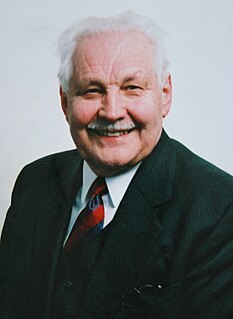
Stjepan Babić is a Croatian linguist and academic.

Yugoslav Navy (JRM) training ship Galeb, also known as The Peace Ship Galeb, was used as an official yacht by the late President of the Yugoslav Republic, Marshal Josip Broz Tito. The ship attained an iconic status among the peoples of Yugoslavia in this role, as well as among the many diverse nations and members of the Non-Aligned Movement. "Galeb" is Croatian for "seagull".

The Museum of Contemporary Art is a contemporary art museum located on Dubrovnik Avenue in Zagreb, Croatia. It is the biggest and most modern museum in the country.
Museum of Slavonia is the largest general-type museum in Croatia.

The Croatian Museum of Naïve Art is a fine art museum in Zagreb, Croatia dedicated to the work of naïve artists of the 20th century. The museum holdings consist of over 1,900 works of art - paintings, sculptures, drawings and prints, mainly by Croatians but also by other well-known international artists in the genre.
Matija Skurjeni (1898–1990) was a Croatian painter associated with the naïve art movement.

Marino Tartaglia was a Croatian painter and art teacher, for many years a professor at the Academy of Fine Arts, Zagreb.

The Nikola Tesla Technical Museum is located at 18 Savska Street in Zagreb and it exhibits numerous historic aircraft, cars, machinery and equipment.

Božo Skoko is a professor of public relations at the Faculty of Political Science, University of Zagreb. He is Head of the Public Relations postgraduate specialist programme at the University of Zagreb. The areas of his scientific research include: public relations, communication, international relations, national identity and image and branding destination. He is a guest professor at the University of Osijek (Croatia), University of Mostar and Edward Bernays University College, Zagreb. He has published seven books pertaining to public relations, to branding countries, and to the identity and image of Croatia. He is one of the founders and partner in Millenium promocija, leading communications management agency in Croatia. Skoko has a doctor's degree from the Faculty of Political Science, University of Zagreb. As a consultant he was worked with numerous Croatian and international corporations, political institutions and non-governmental organizations.

The General Post Office in Jurišićeva Street, Zagreb, is the headquarters of the Croatian Post, the national postal service of Croatia. Built in 1904 in the Hungarian Secession style, the Post Office housed mail, parcel, telegraph and telephone services and equipment. Today, it is a protected cultural monument.
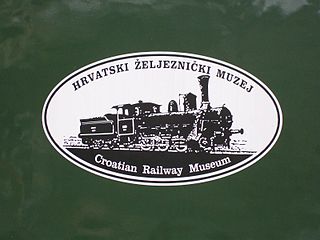
Croatian Railway Museum is a specialized technical museum in Croatian capital Zagreb, located on the premises of Zagreb Glavni kolodvor, the main railway station of Zagreb.
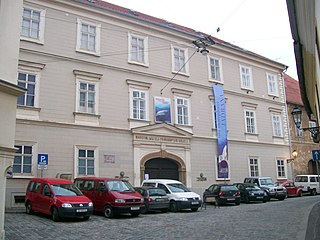
The Croatian Natural History Museum is the oldest and biggest natural history museum and the main body for natural history research, preservation and collection in Croatia. Located on Dimitrije Demeter Street in Gornji Grad, one of the oldest neighbourhoods of the Croatian capital Zagreb, it owns one of the biggest museum collections in Croatia, with over 2 million artefacts, including over 1.1 million animal specimens. It was founded in 1846 as the "National Museum". The National Museum was later split up into five museums, three of which were in 1986 merged as departments of the newly named Croatian Natural History Museum. The museum contains a large scientific library open to the public, and publishes the first Croatian natural history scientific journal, Natura Croatica.
Ferdinand Budicki Automobile Museum is an automobile museum in Zagreb, Croatia, the first one in the country. It is located on Zaprešićka 2, Jablanovec as a part of the Westgate shopping center. It was opened on 3 July 2013, and features more than 100 antique and classic cars, motorcycles and bicycles, as well as several thousand photos from family albums of first Croatian drivers.

Croatian History Museum is a museum of history located in the Vojković Palace on Antun Gustav Matoš Street in the historic Gornji Grad district of Zagreb, Croatia. The museum holdings consist of around 300,000 objects divided into 17 collections. In addition to a part of the Meštrović Pavilion, it also administers the Ivan Goran Kovačić Memorial Museum in Lukovdol.

The Croatian Apoxyomenos is an Ancient Greek statue cast in bronze in the 2nd or 1st century BC; it was discovered in 1996 on the bottom of the sea near the Croatian islet of Vele Orjule, southeast of the island of Lošinj. It represents an athlete – Apoxyomenos – in the act of scraping sweat and dust from his body with the small curved instrument called a strigil.
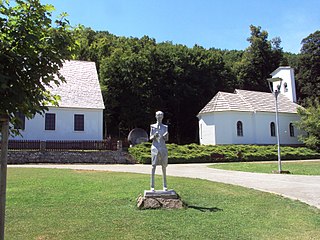
The Nikola Tesla Memorial Center is a cultural-historical site and museum located in Smiljan, Croatia, located at the birthplace of Nikola Tesla, one of the world's foremost electrical researchers and inventors. It is dedicated to Tesla, who was born in 1856 in his parents' house in Smiljan, then part of the Croatian Military Frontier within the Habsburg Monarchy. The young scientist later left his homeland to work in the United States of America. The Lika Museum in nearby Gospić administers the site.
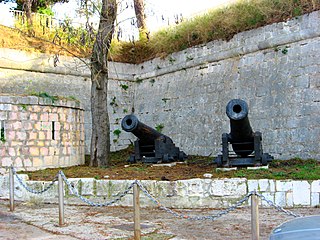
The Croatian Maritime Museum is a maritime museum in Split, Croatia. The museum is located in a 19th-century building, itself built within the 17th century Gripe Fortress. The museum was established in 1997 as a successor to the Military-Maritime Museum established by the Yugoslav Navy in 1960 while also inheriting the collection of the Maritime Museum of the Yugoslav Academy of Sciences and Arts which existed between 1956 and 1985.















